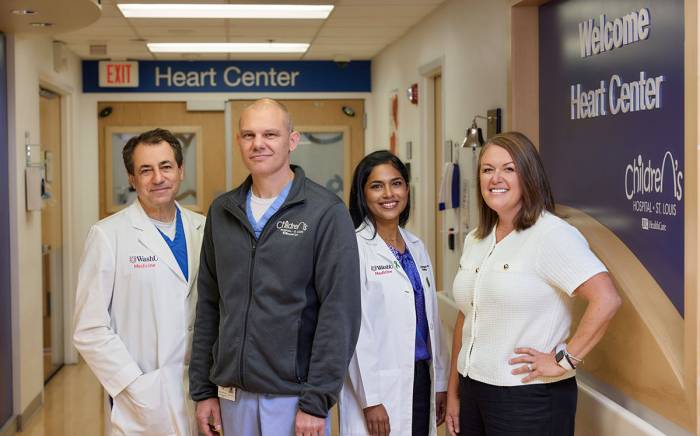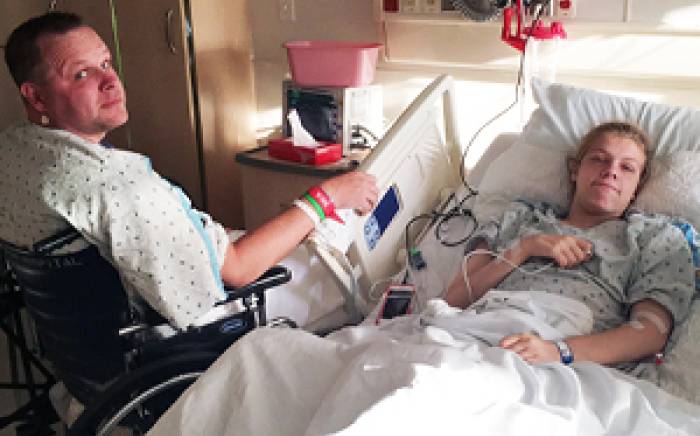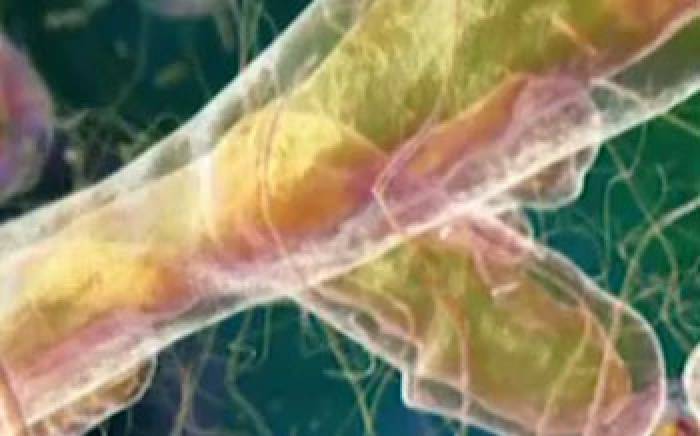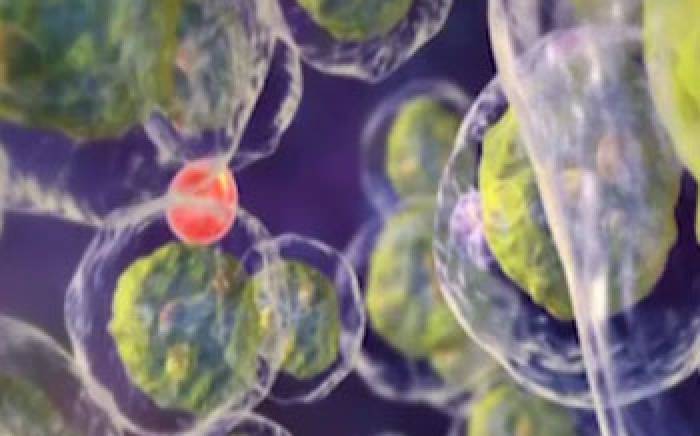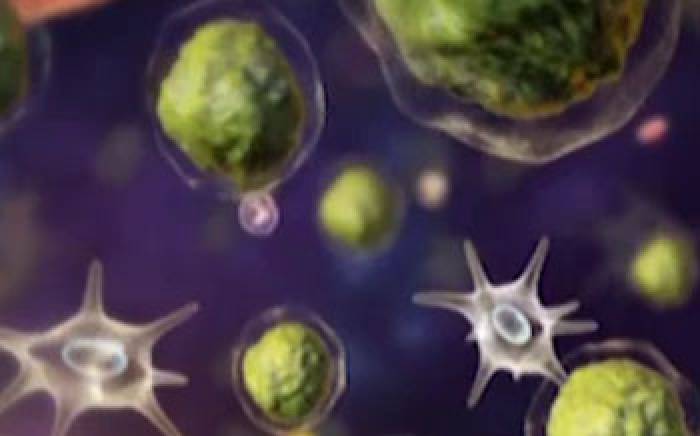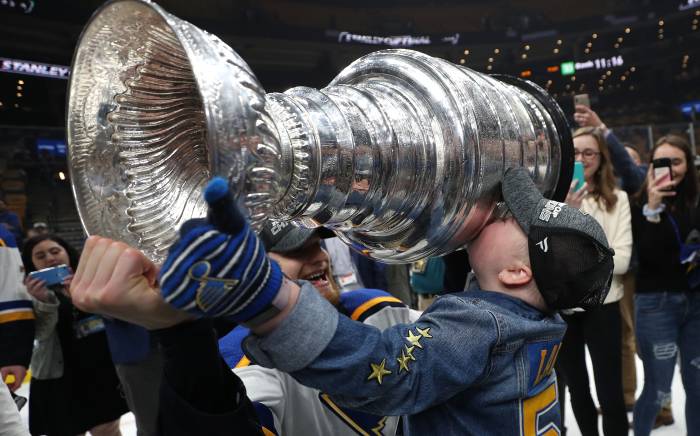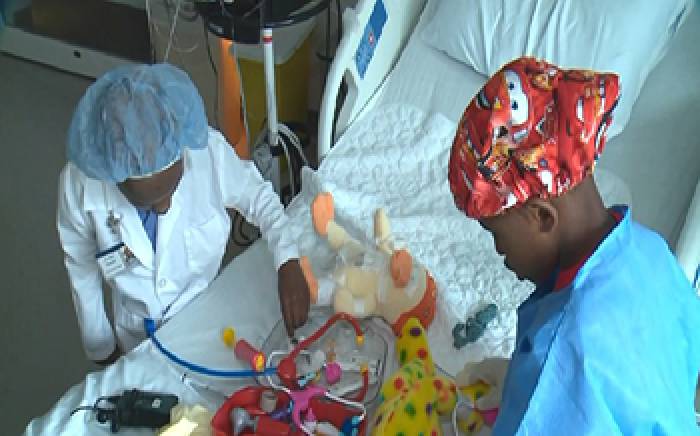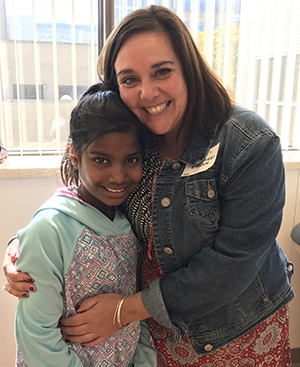 Averie Tibbs, now 13, was adopted from India by her parents, Quen Theriot and John Tibbs, when she was 3 years old. Her first three words in English were “Mommy,” “Daddy”—and “blood.” Diagnosed as an infant with the inherited blood disorder beta thalassemia major, Averie had been receiving blood transfusions about every six weeks for most of her life. Even as a toddler, she knew when she needed the one thing that made her feel better, and so learning to say “blood” in English was a vital addition to her vocabulary.
Averie Tibbs, now 13, was adopted from India by her parents, Quen Theriot and John Tibbs, when she was 3 years old. Her first three words in English were “Mommy,” “Daddy”—and “blood.” Diagnosed as an infant with the inherited blood disorder beta thalassemia major, Averie had been receiving blood transfusions about every six weeks for most of her life. Even as a toddler, she knew when she needed the one thing that made her feel better, and so learning to say “blood” in English was a vital addition to her vocabulary.
“People diagnosed with thalassemia major produce abnormally low quantities of hemoglobin. There are varying degrees of the disorder, and milder cases do not require blood transfusions,” says Washington University hematologist/oncologist Shalini Shenoy, MD, director of the St. Louis Children’s Hospital Pediatric Stem Cell Transplant and Cellular Therapy Program and interim director of the division. “Unfortunately, Averie had the most severe form of the disorder and her hemoglobin levels would have dropped to 4 – 6 grams without transfusions and impeded her growth, development and activity. In children, the normal range for hemoglobin is 11 – 13 grams.”
Initially, Averie needed blood transfusions about every six weeks. Almost immediately after joining her new family, however, that need increased to every four weeks. Frequent blood transfusions over an extended period of time result in an iron overload. Although chronic use of medications can help reduce iron levels, it is not 100 percent efficient and patients with beta thalassemia major often develop heart and liver failure, and have shortened lifespans.
The only established treatment for a permanent cure is a stem cell transplant that populates the bone marrow with healthy cells that produce normal hemoglobin. Stem cells can come from cord blood, bone marrow or peripheral blood from a normal donor.
“When Averie first came home, we were living in Louisiana. In October 2009, she underwent a reduced-intensity cord blood transplant at a New Orleans hospital,” says Theriot.
“Reduced intensity” means that rather than using high-dose chemotherapy and radiation to destroy a patient’s bone marrow cells before transplanting donor cells, a lower dose is used in order to decrease transplant-related complications, toxicity and mortality.
Two days before Christmas 2009, Averie’s parents were told that their daughter had rejected the transplant. “There were multiple reasons the transplant failed—compared to bone marrow, blood cord is more prone to rejection, repeated blood transfusions put Averie at higher risk, as does reducing the intensity of the conditioning, which is done to minimize toxicity,” says Dr. Shenoy.
Shortly after the transplant failed, the family moved back to St. Louis, their hometown, determined to provide Averie with the best life possible for whatever time she had left. With her soaring iron count, they did not expect her to reach the age of 10.
Why not try again?
After the move, Averie developed repeated infections with her central line, a catheter through which she received medications. While seeking treatment for her daughter at St. Louis Children’s Hospital, Theriot met Dr. Shenoy.
“Dr. Shenoy explained that since Averie’s first transplant hadn’t exposed her to high doses of chemotherapy, a second transplant was a possibility,” says Theriot. “She was upfront with me that the chances of finding a match were slim—but there was no harm in looking.”
The ideal donor for anyone needing a bone marrow transplant is a sibling with tissue that exactly matches the recipient’s major human leukocyte antigen (HLA) proteins. Since Averie was adopted, that possibility didn’t exist. That meant looking for an exact match in the registry of voluntary donors maintained by the Center for International Blood and Marrow Transplant Research (CIBMTR). But even though the registry has 14 million potential donors, a perfect match for Averie was a long shot.
“These proteins run true to race, meaning that since Averie was born in India, a perfect match would be more likely from someone of Indian origin,” says Dr. Shenoy. “Unfortunately, there are not a large number of minorities such as Indians, Hispanics or African Americans registered as bone marrow donors.”
“Having Averie go through a second transplant was a difficult decision. But after great thought and prayer, there came a sense of peace about going ahead with it for the benefit of this child who had come into our family and home,” says Theriot.
The search for a donor began.
Meanwhile in Buffalo
Around the same time Dr. Shenoy was talking to Averie’s parents about a second transplant, 19-year-old Sathish Kumar, a native of India, was studying computer engineering at the State University of New York at Buffalo. A friend of his who was involved with Be the Match, the National Marrow Donor Program, kept asking him to join the registry.
“At the time, I didn’t realize the importance, and I kept putting it off. Finally I said to my friend, OK, I’ll do it for you,” says Kumar.
About two-and-a-half months later, Kumar received an email telling him he was a match for a 5-year-old girl with beta thalassemia major. Actually, he was a one-antigen mismatch to Averie.
“Instead of matching fully, Sathish matched at seven of eight major HLA antigens,” says Dr. Shenoy. “We don’t pursue these matches unless there is no other option because the risks involved with transplant increase for the recipient.”
Kumar consented to donating his bone marrow to Averie, despite the fact that he was a teenager undergoing surgery in a foreign country with no family for support.
The outcome
Averie began chemotherapy in preparation for the transplant, but then developed a fungal infection in her lungs. Treatment for that lasted almost a year. But then, finally, in October 2011 at age 6 Averie received her bone marrow transplant, again using reduced intensity conditioning to spare her long-term toxicities.
“Through November and December Averie continued needing blood every other week or so. But then after the new year, she was able to go three weeks, then four, then five without needing a transfusion,” says Theriot.
Testing showed that Averie’s body had nearly 100 percent engraftment—acceptance—of the transplant. That meant the blood-forming cells she had received were growing and making healthy blood cells. The transplant was a success.
Mutual consent
The CIBMTR registry requires a one-year wait before any possible contact is made between donor and recipient, and both parties must consent. Kumar immediately consented and then waited. He knew Averie had been removed from the transplant list, but what had been the outcome? Was the transplant successful, had the little girl survived? Every four or five months he’d email the registry to see if there was any news.
The delay in Averie undergoing her transplant and then having to wait a year before making contact with her donor meant that Kumar was 22 when he received a heart-felt thank you note from Theriot via email.
“Within an hour I received a reply from Sathish with what seemed like a thousand questions,” says Theriot.
That email led to a friendship that has included several visits—one that included Kumar’s parents—and regular emails and phone calls. When asked how it feels to have saved Averie’s life, Kumar describes himself simply as a “small catalyst” in her life.
“Her parents saved her by adopting her, and Averie saved herself by being brave enough to keep fighting,” he says.
Averie today
Theriot describes Averie as having a quick, dry wit and a perpetually positive view of life. Her illness kept her from attending kindergarten and first grade, so she’s in fifth grade instead of seventh but is doing well in school. She enjoys writing and journaling, and she recently joined a competitive dance team that she loves.
“We are so thankful that Dr. Shenoy encouraged us to consider a second transplant. And it helped that Averie warmed to Dr. Shenoy right away,” say Theriot. “I sometimes think I can see Averie being Dr. Shenoy one day. They’re both spunky.”

